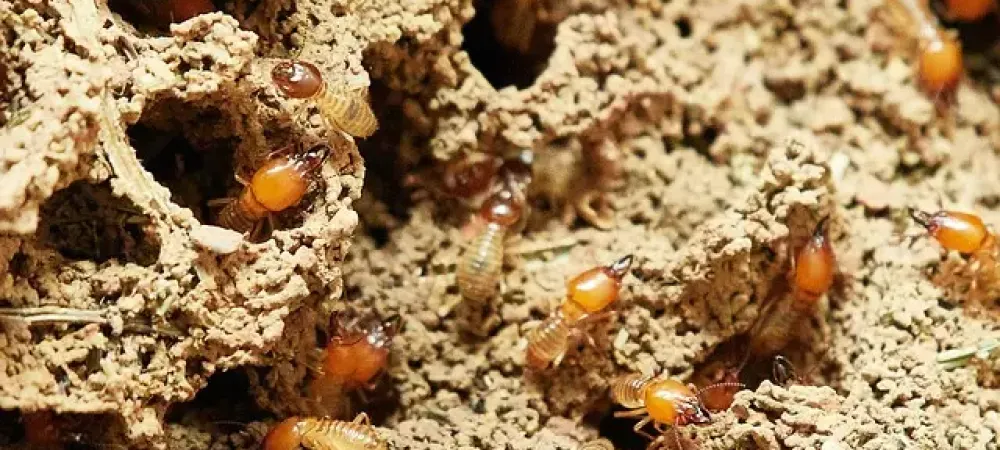Types of Termites and How to Handle Them

There's a saying in the pest control community that goes like this, "There are two types of homes: those that have termites, and those that will have termites." It's an unfortunate fact of homeownership, but it can be mitigated with the proper preparation and education.
If you want to learn more about termites and prevent them from infesting your home, keep reading for comprehensive information and tips on preventing and eliminating them.
Types of Termites
There are a few different classifications for termites. We can either classify by type of termite or by the role of the termite.
Termite Roles
Let's begin with termite roles. There are three main roles—queen, soldiers, and workers.
The Queen
The queen is a single termite who is responsible for the reproduction of the termites and the survival of the colony. Some species of termite also have a "king" who is responsible for mating with the queen.
Soldiers
The soldiers' role is to protect the colony from outsiders and invaders, such as other insects or termites from other colonies that could be looking to steal from them.
Workers
The worker's job is to locate food sources. Once one worker finds a source, they will notify the other workers, and they'll collectively invade. This type of termite is what you will most likely find inside of your home.
Termite Species
Next, we have the various species of termites; there are three main types—drywood, subterranean, and dampwood.
Subterranean Termites
Subterranean termites can be found all over the US, with the exception of Alaska. This type of termite lives underground in moist areas, and their colonies typically contain about 2 million termites. They are known for building mud tubes in order to access and travel to food sources and protect themselves from open air. They are by far the most destructive species of termite.
Drywood Termites
Unlike subterranean termites, the drywood species do not require any contact with the soil. They typically will establish their colony in a house's roofing materials and wall supports. They are found throughout much of the southern US, from North Carolina all the way across the country to southern California.
Dampwood Termites
Dampwood termites are most often found throughout the Pacific coastal states, Florida, and adjacent states. They infest wood with high levels of moisture and are typically known to be the largest of the termites. They usually avoid home structures because they prefer high moisture wood; however, if your home sustains any kind of water damage, that puts it more at risk for a dampwood termite infestation.
What Destruction Do Termites Cause
Termites are highly destructive pests that can cripple your home's foundational structure if you don't catch them in time. That is one reason we always recommend having a termite inspection done before closing on the purchase of a new home.
If you're not sure whether your home has termites or just wood rot, give our team a call, we can inspect the damage and prescribe a treatment plan.
How We Can Help With Termites
Once you've determined that you do, in fact, have a termite infestation, what are the next steps? There are a few different treatment options available to you.
- Fumigation—tenting is one of the most common methods of termite elimination. Essentially a large tent is placed over your home, and that tent is then pumped full of gas that will kill all of the termites burrowed in your home.
- Baiting Systems—baiting systems involve a series of stakes placed around the perimeter of your home. These stakes are filled with bait cartridges which attract termites to them. Once the termites consume the bait, they pass it along to other termites, effectively killing them for you.
If you're worried about having termites or are looking for elimination tactics, give our termite control team a call at (888) 429-9725.
